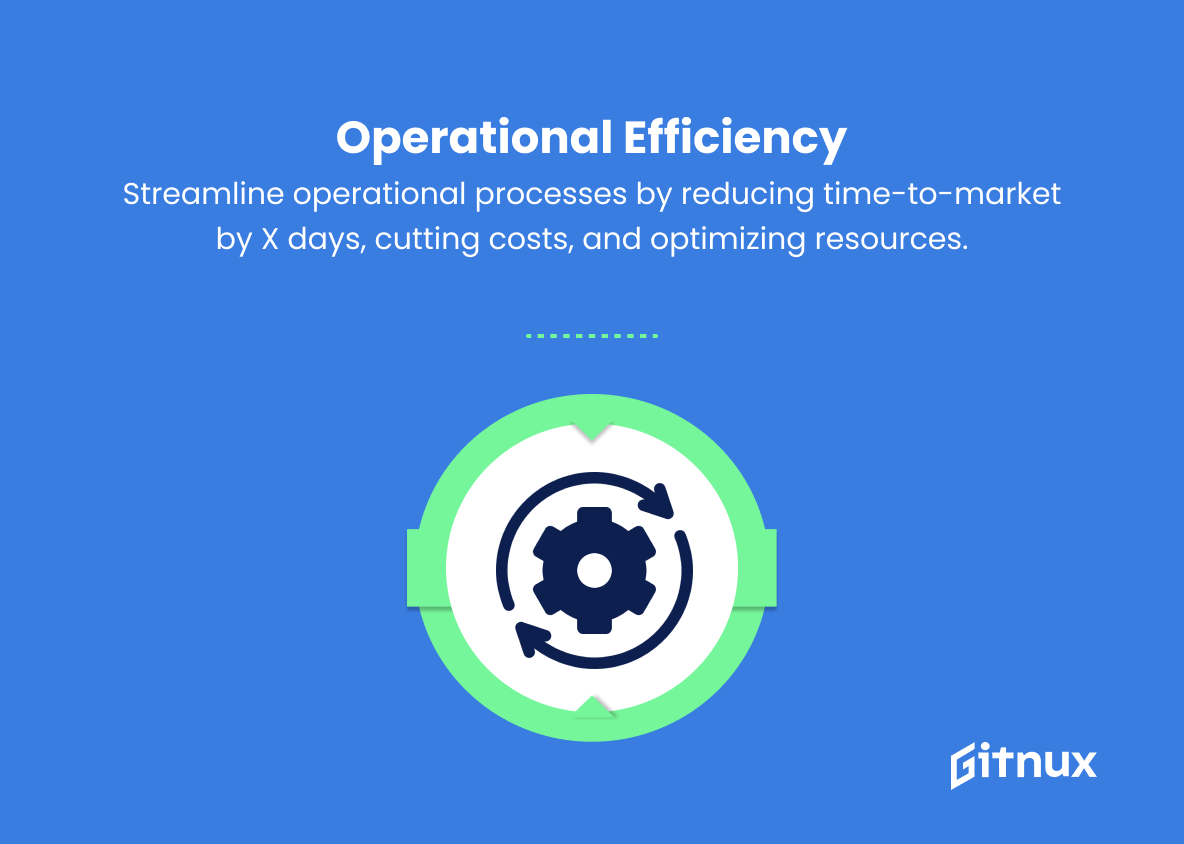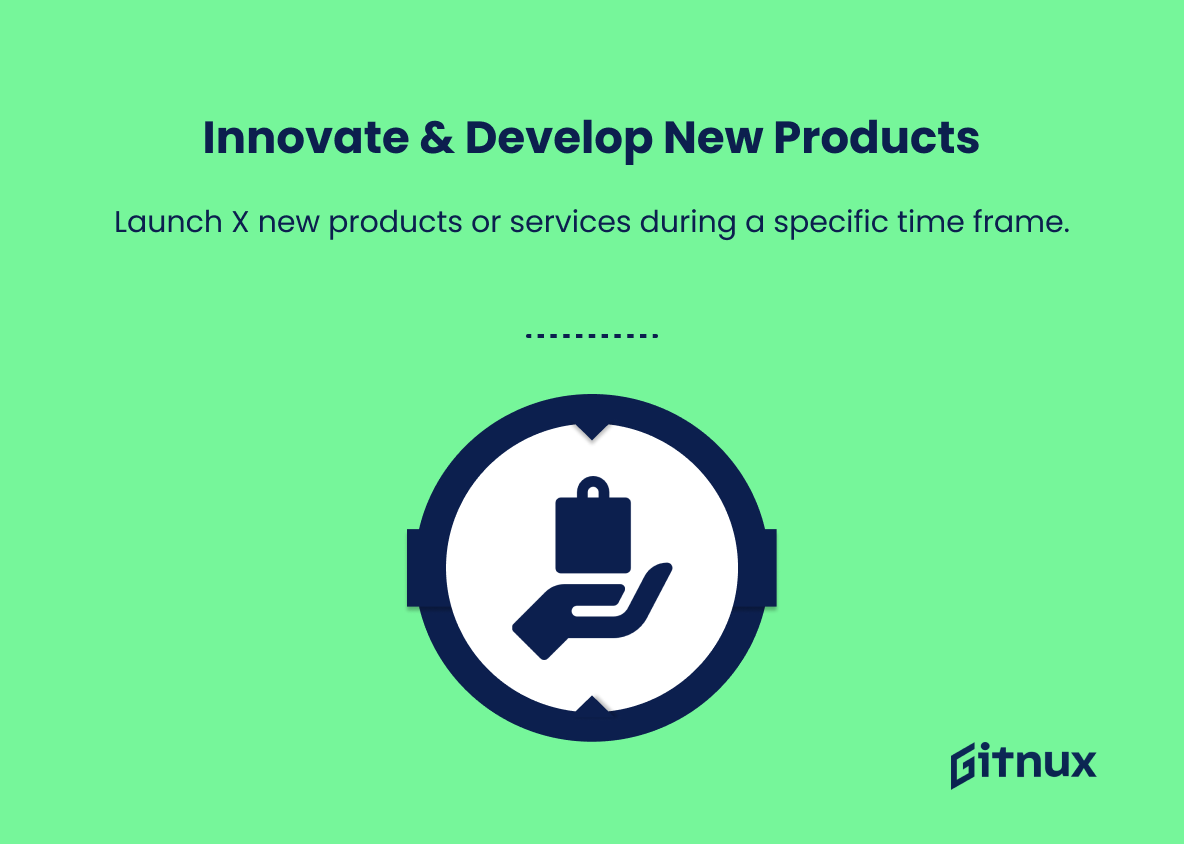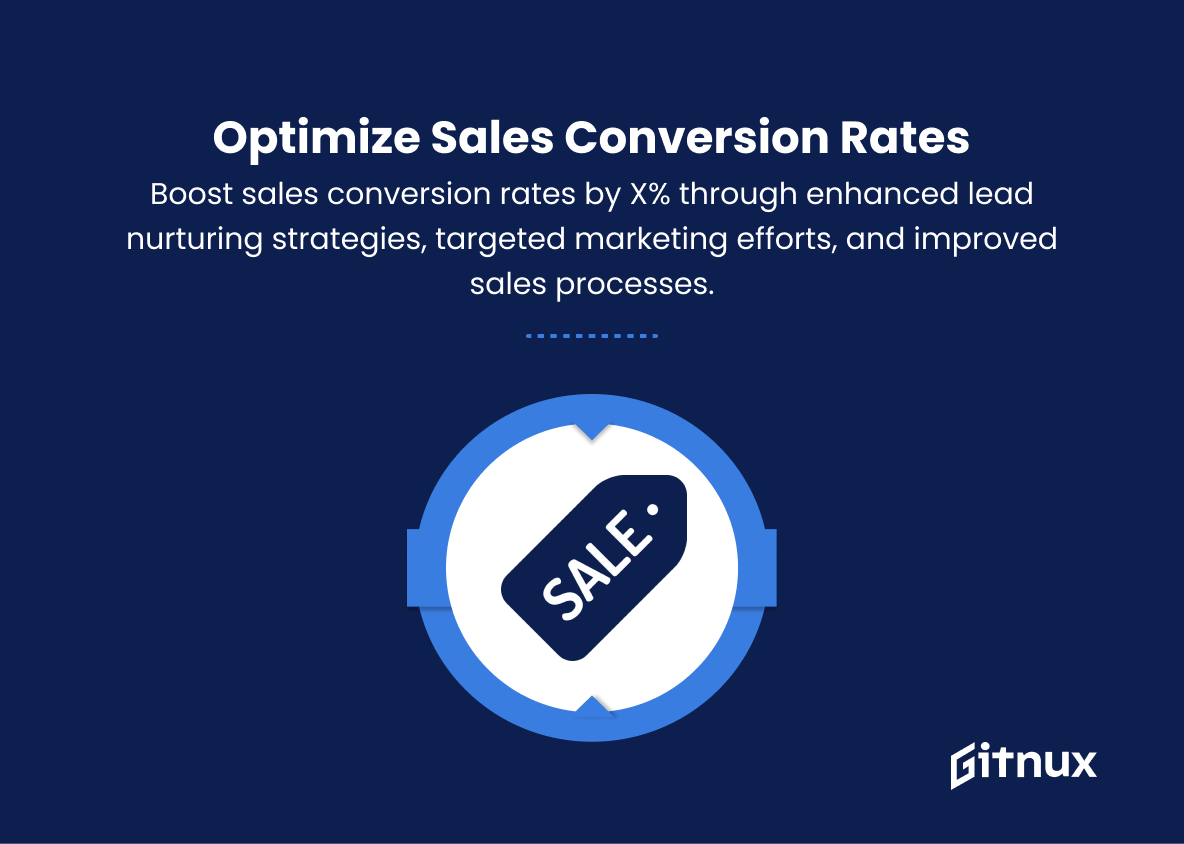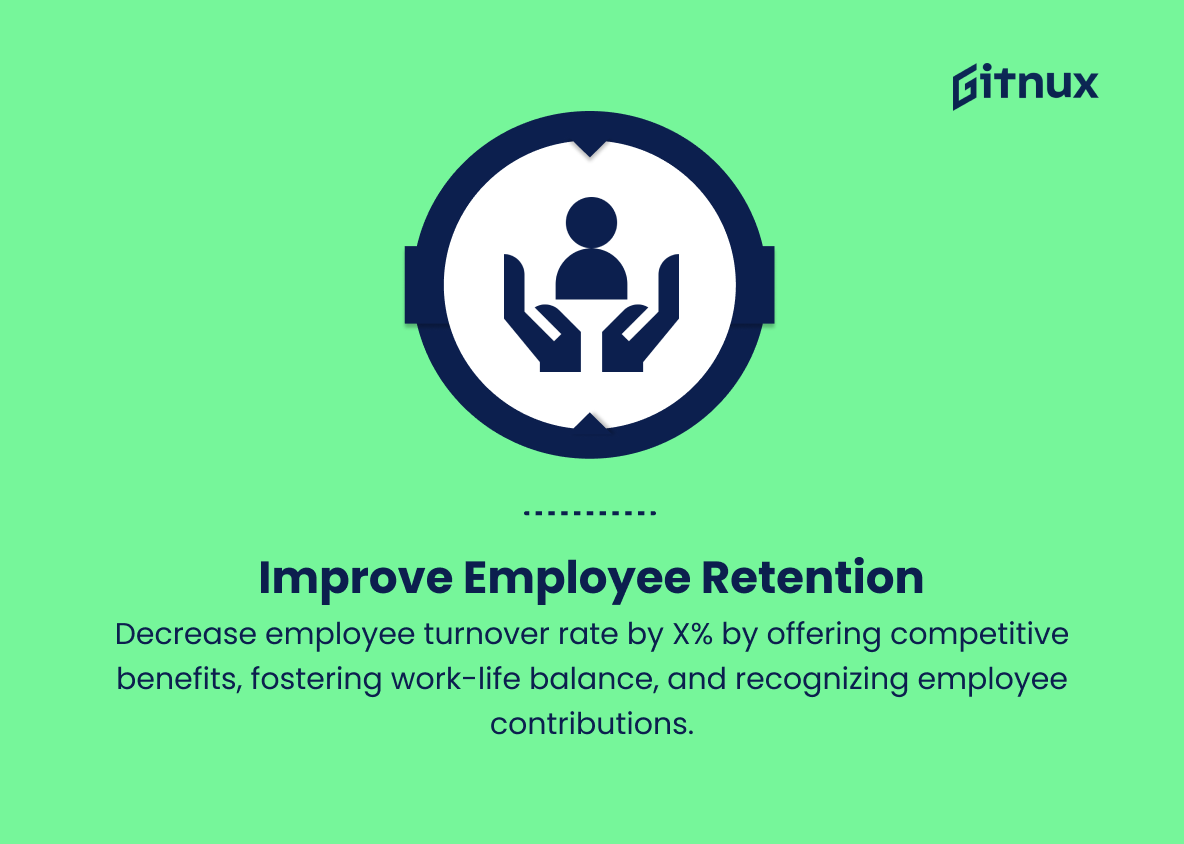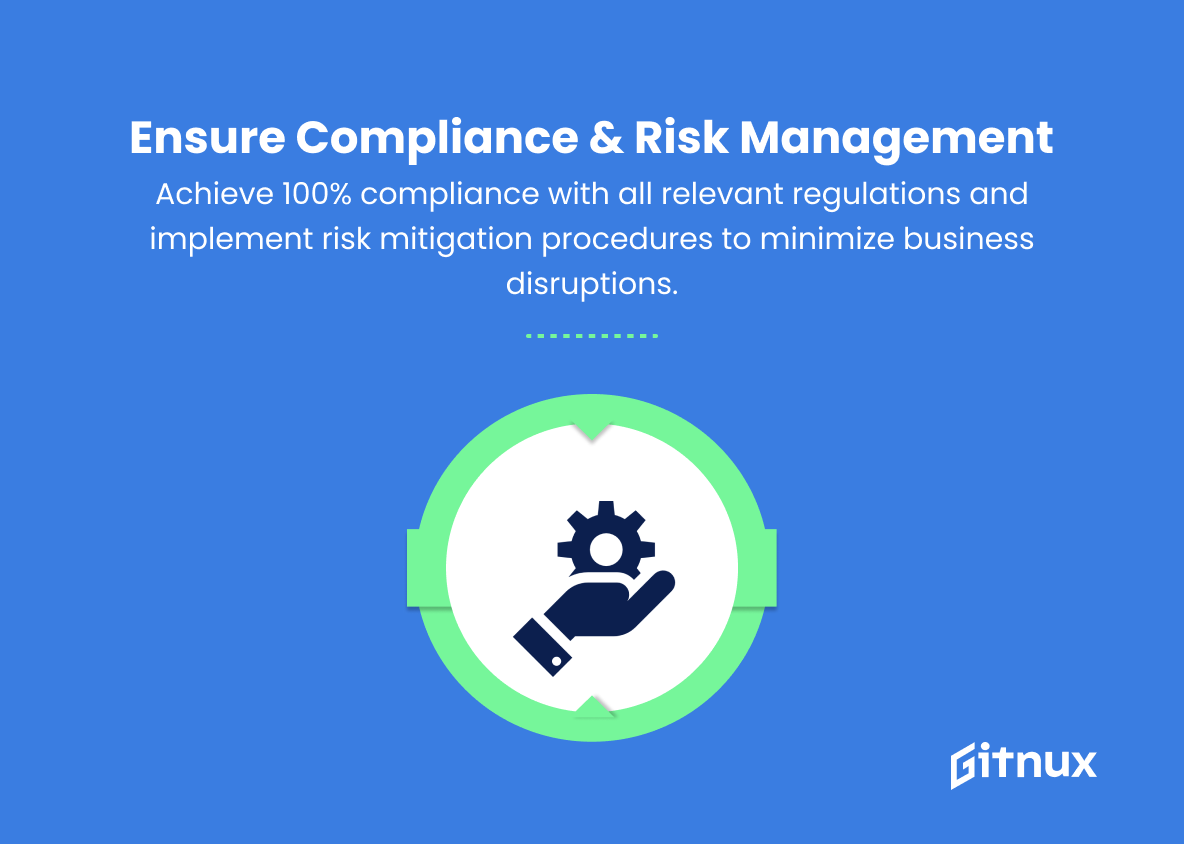In today’s rapidly evolving business landscape, organizations must constantly adapt and innovate to remain ahead of the curve. The success of any organization hinges upon its ability to clearly define, measure, and achieve its strategic objectives. As businesses continue to seek out effective methodologies for ensuring sustainable growth, OKRs (Objectives and Key Results) have emerged as a powerful system to align team objectives and drive measurable outcomes.
In this insightful blog post, we will explore the importance of business OKRs, discuss their essential elements, and provide practical guidance on how to design and implement OKRs to catalyze organizational success. So, let’s embark on this journey towards unlocking the full potential of your business by harnessing the power of OKRs.
Business OKRs You Should Know
1. Revenue Growth
Increase company revenue by X% within a specific time period. This OKR focuses on the financial growth and overall profitability of the business.
2. Market Share Expansion
Improve market share by Y% by targeting new geographic locations or customer segments. This OKR helps identify opportunities for growth and encourages strategic initiatives.
3. Customer Satisfaction
Improve customer satisfaction score by X points through the implementation of customer feedback programs and product or service improvements. This OKR prioritizes customer experience and fosters loyalty.
In today’s rapidly evolving business landscape, organizations must constantly adapt and innovate to remain ahead of the curve.4. Reduce Churn Rate
Decrease customer churn rate by X% through improved customer support and proactive engagement. This OKR aims at retaining customers and maintaining long-term relationships.
5. Increase Employee Engagement
Elevate employee engagement score by X points by introducing new initiatives, such as training programs or career development opportunities. This OKR focuses on creating a positive work environment and increasing productivity.
6. Operational Efficiency
Streamline operational processes by reducing time-to-market by X days, cutting costs, and optimizing resources. This OKR targets improvements in internal processes and overall efficiency.
7. Enhance Brand Awareness
Boost brand awareness by X% by implementing new marketing campaigns and increasing social media presence. This OKR aims to strengthen brand identity and reach a wider audience.
The success of any organization hinges upon its ability to clearly define, measure, and achieve its strategic objectives.8. Innovate & Develop New Products
Launch X new products or services during a specific time frame. This OKR focuses on innovation, diversification and driving business growth through new offerings.
9. Improve Net Promoter Score (NPS)
Increase the company’s NPS by X points by enhancing customer experience, addressing problem areas, and implementing feedback-driven improvements. This OKR emphasizes the importance of customer loyalty and recommendations.
10. Optimize Sales Conversion Rates
Boost sales conversion rates by X% through enhanced lead nurturing strategies, targeted marketing efforts, and improved sales processes. This OKR focuses on maximizing return on marketing investment and increasing revenue.
11. Improve Employee Retention
Decrease employee turnover rate by X% by offering competitive benefits, fostering work-life balance, and recognizing employee contributions. This OKR emphasizes valuing and retaining top talent.
12. Ensure Compliance & Risk Management
Achieve 100% compliance with all relevant regulations and implement risk mitigation procedures to minimize business disruptions. This OKR focuses on regulatory adherence and identifying potential vulnerabilities.
13. Optimize Supply Chain
Reduce supplier lead time by X% by streamlining procurement processes and implementing efficient inventory management. This OKR targets improvements in production and timely order fulfillment.
14. Enhance Digital Presence
Increase website traffic by X% and improve user experience through website optimization, content generation, and search engine optimization (SEO) strategies. This OKR aims to strengthen the company’s online visibility and accessibility.
15. Foster Sustainability
Implement sustainability initiatives and achieve X% reduction in carbon emissions or resource usage. This OKR emphasizes the importance of environmental consciousness and corporate social responsibility.
Business OKRs Explained
Business OKRs play a crucial role in driving organizational success by setting specific, measurable objectives that focus on various aspects of the business. They enable companies to target revenue growth, market share expansion, customer satisfaction, and churn rate reduction, which are essential for financial growth and long-term stability. By prioritizing employee engagement, operational efficiency, brand awareness, and innovation, businesses can foster a positive work environment and remain competitive.
OKRs related to Net Promoter Score, sales conversion rates, and employee retention emphasize the value of customer loyalty, marketing efficiency, and talented workforce in delivering exceptional results. Ensuring compliance and risk management, optimizing the supply chain, enhancing digital presence, and fostering sustainability are other key OKRs that contribute to business resilience, productivity, and corporate responsibility. By identifying and targeting these key performance indicators, organizations can drive continuous improvement and achieve success in their industry.
Conclusion
In summary, Business OKRs (Objectives and Key Results) are an essential tool for organizations to effectively align their goals, track progress, and enhance overall performance. Implementing a well-designed OKR framework not only drives accountability and collaboration within teams, but also fosters a culture of innovation and continuous improvement.
By regularly evaluating the success of objectives and adjusting strategies accordingly, businesses can efficiently navigate the competitive landscape and achieve lasting success. So, embrace the power of OKRs to transform your organization, and take your business to new heights.





